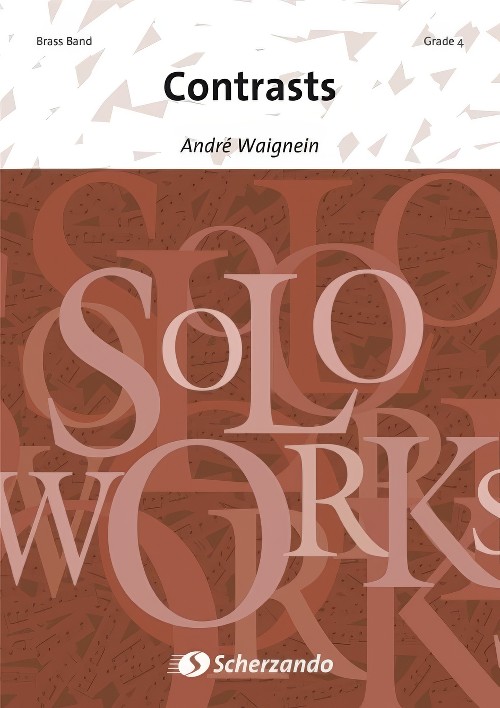We've found 260 matches for your search. Order by
Results
-
 £24.95
£24.95Only for You - Paul Lovatt-Cooper
Composed for star soprano soloist Paul Duffy and the Black Dyke Band, this superb soprano solo showcases both band and soloist to full effect. With the use of harmon mute the soloist begins in a relaxed jazz style, before building...
Estimated dispatch 5-7 working days
-
 £68.99
£68.99Contrasts (Soprano Cornet Solo with Brass Band - Score and Parts) - Waignein, Andre
Duration: 5.30
Estimated dispatch 7-14 working days
-
 £50.90
£50.90ALLELUJAH (Vocal Solo (Soprano) with Brass Band) - Mozart, Wolfgang Amadeus - Fernie, Alan
Grade: Medium.
Estimated dispatch 7-14 working days
-
 £50.90
£50.90AMINA'S ARIA (Vocal Solo (Soprano) with Brass Band) - Bellini, Vincenzo - Lorriman, Howard
Grade: Easy/Medium.
Estimated dispatch 7-14 working days
-
 £50.90
£50.90ELENA'S ARIA (Vocal Solo (Soprano) with Brass Band) - Verdi, Giuseppe - Fernie, Alan
From Sicilian Vespers. Grade: Medium.
Estimated dispatch 7-14 working days
-
 £58.60
£58.60FAMOUS MUSICAL MELODIES (Vocal Solo (Soprano) with Brass Band) - Fernie & Lorriman
Three Movements including: Memory from Cats; I Don't Know How to Love Him from Jesus Christ Superstar; I Could Have Danced All Night from My Fair Lady. Grade: Medium.
Estimated dispatch 7-14 working days
-
 £50.90
£50.90LAURETTA'S ARIA (Vocal Solo (Soprano) with Brass Band) - Puccini, Giacomo - Fernie, Alan
From Gianni Schicchi. Grade: Medium.
Estimated dispatch 7-14 working days
-
 £50.90
£50.90POKAREKARE ANA (Trombone or Eb Soprano Cornet Solo with Brass Band) - Richards, Goff
Love Song. Grade: Easy/Medium.
Estimated dispatch 7-14 working days
-
 £50.90
£50.90STILLE NACHT (Vocal Solo (Soprano) with Brass Band) - Gruber, Franz - Fernie, Alan
Silent Night. Grade: Easy/Medium.
Estimated dispatch 7-14 working days
-
 £54.20
£54.20UNA VOCE POCO FA (Vocal Solo (Soprano) with Brass Band) - Lorriman, Howard
Cavatina from The Barber of Seville. Grade: Medium.
Estimated dispatch 7-14 working days
